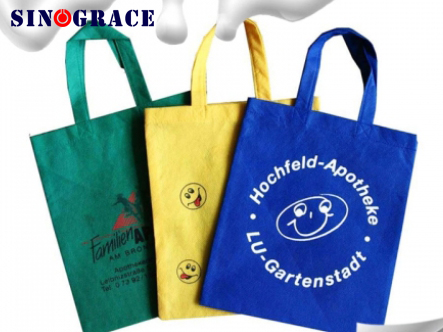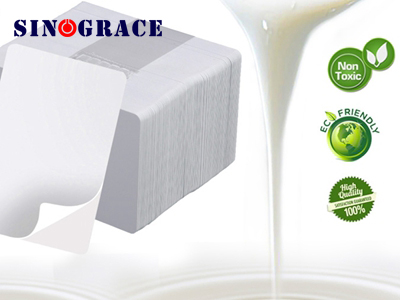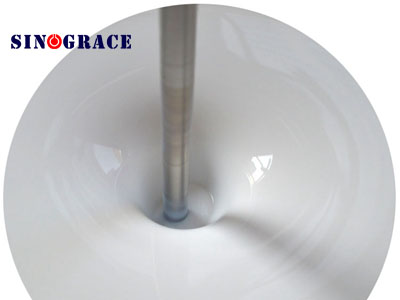Printing glue requirements
Printing mucilage requirements The requirements of printing mucilage for manual plate printing Manual table printing is to press the screen on the fabric of the table for manual scraping, and the pressure extrusion on the scraper will print the glue through the mesh hole of the pattern part to the fabric. The shear stress of the binder is small, so thePrinting mucilageis required to have good rheological and mesh permeability, that is, the viscosity decreases when the scraper is scraped, and the mesh is transferred to the fabric, and permeated to the fabric interior; When the scratch printing stops, the shear stress disappears, and its viscosity can quickly return to the original level, to ensure that the pattern printed on the fabric is clear, so the printing paste used for manual platform printing should have a certain thickness, that is, a higher viscosity, but the rheology is better, the lag thixotropy is small. The requirements should be paid attention to during the scraping operation Drawing printing pulp is a kind ofPrinting mucilagepulp material, is a kind of milky thick pulp, mainly used for drawing printing process printing, its flow performance is very good, not plug net, quality is stable, the use of process is very simple. Printing pulp in scratch printing operation should pay attention to the method and requirements: mesh between 800-1200 mesh; Drawing printing powder to add 5%-10%, to stir to decompose completely; Before starting printing, the pulping glue should be filtered. If it is found to be thick in the production process, it is necessary to stop using it.Press, printing parts to be dry to press, in order to avoid color. If the flower appeared white edge, then it is necessary to pressure that overheating; Heat treatment after printing, bake for 3 minutes or press for 15-2 seconds between 150-170℃; When scraping printing, scraping 4 knives at a time. Printing mucilage and substrate matching requirements Printing manufacturers in the process of printing production, often encounterPrinting mucilageand cloth adhesion problem.The main reasons for this situation are as follows: the surface of printed cloth (cut piece) is covered with water-repellent coating grease material and other substances, resulting in insufficient adhesion betweenPrinting mucilageand printed cloth; The adhesion ofPrinting mucilageitself is not enough, resulting in poor adhesion; Improper operation of printing process will also cause poor adhesion, such as insufficient printing strength, less pulp or no appropriate drying method,Printing mucilageis not completely solidified. Therefore, before printing factory production, it is necessary to choose good Printing mucilage and substrate matching, and make samples, and then production, to ensure the quality of production products.
read more

 English
English français
français русский
русский español
español العربية
العربية








